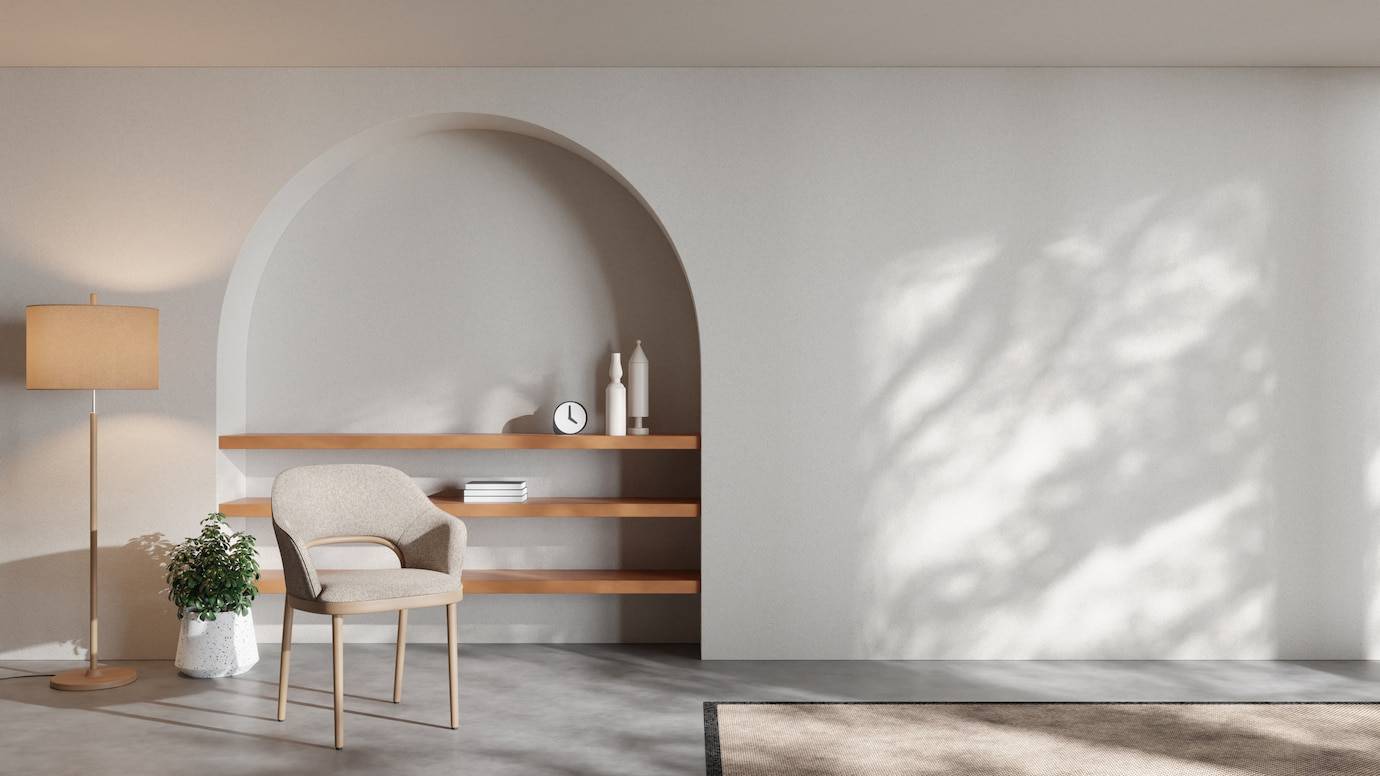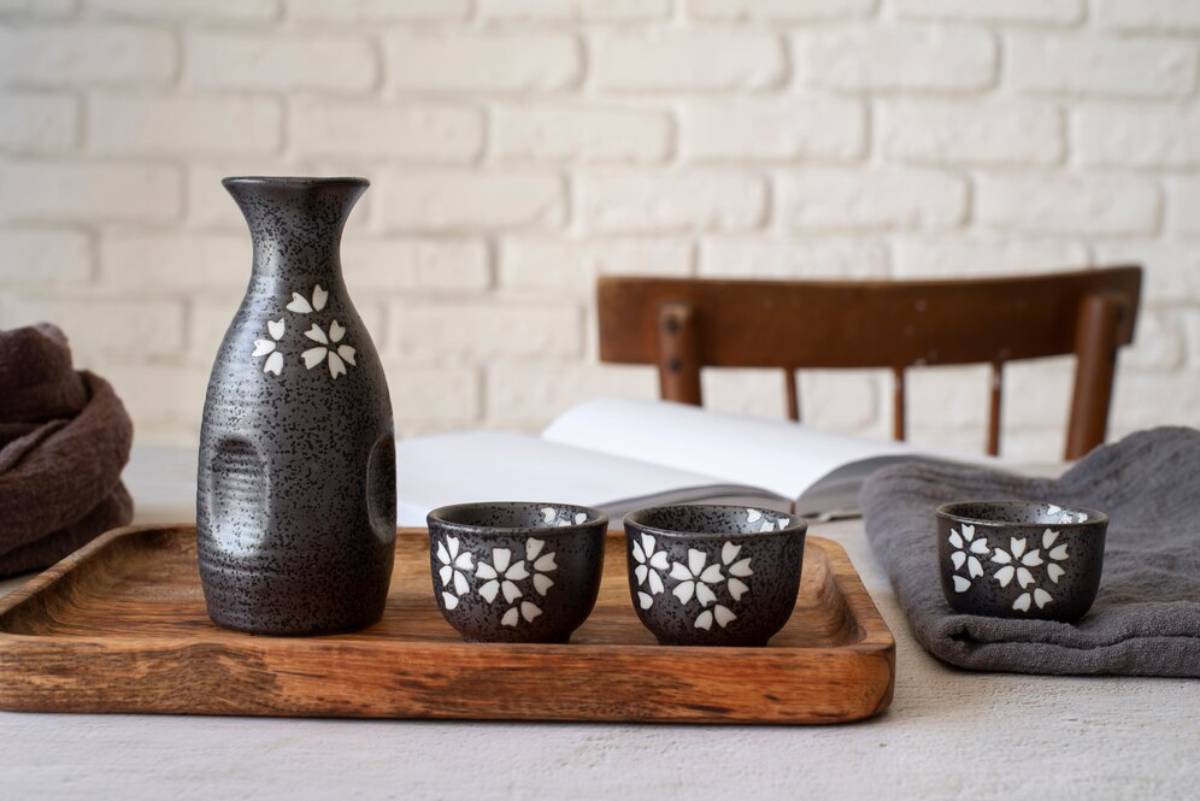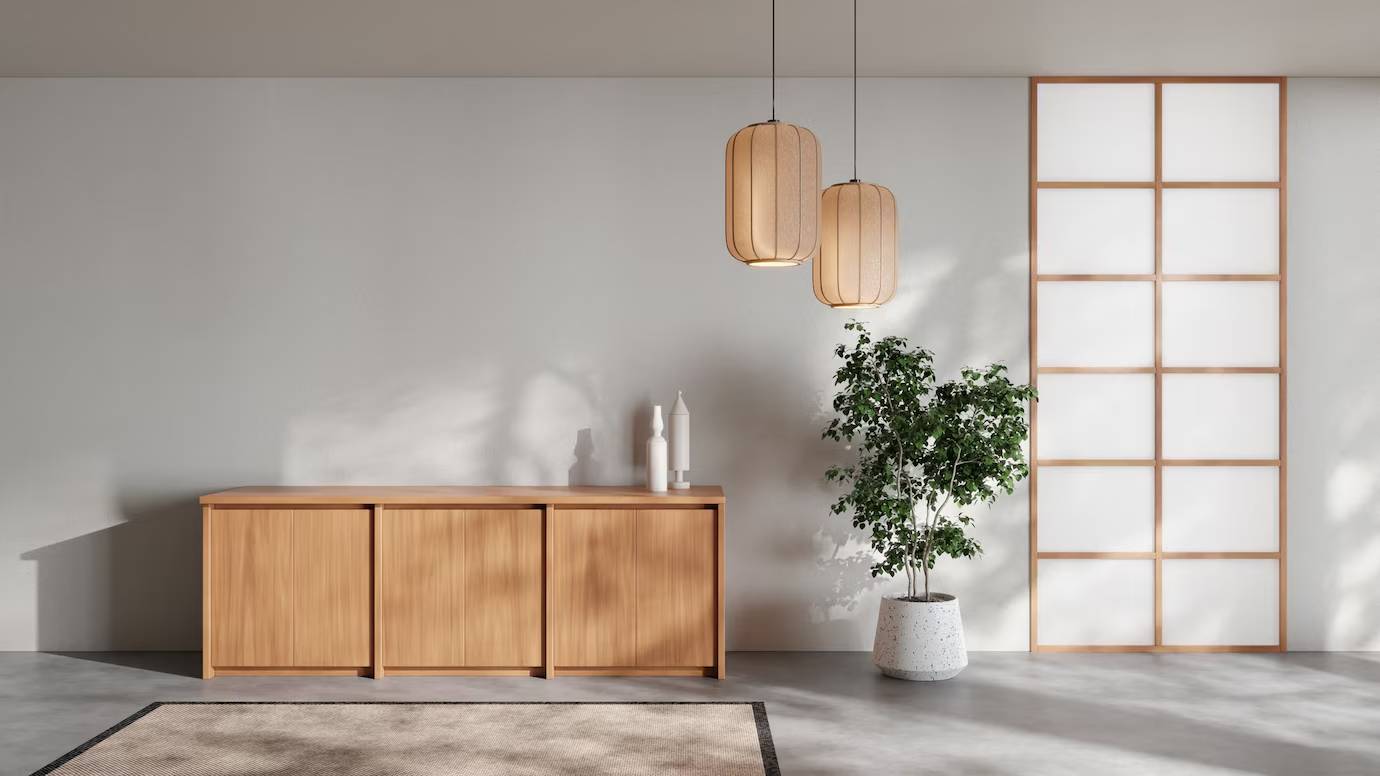
Adding Accent Colours Without Breaking the Minimal Vibe
Minimalist interiors have an enduring appeal: clean lines, open spaces, and a refined aesthetic that promotes calm and clarity. But while minimalism often leans heavily on neutrals, that doesn’t mean it has to be colourless. When used thoughtfully, accent colours can elevate a space, adding depth, character, and a touch of the unexpected—without compromising the minimalist ethos.
This guide explores how to incorporate colour into a pared-back interior, taking inspiration from Nordic pops of colour and timeless principles of minimalist colour use.
The Philosophy Behind Minimalist Colour Use
At its core, minimalism is about intentionality. Every object, material, and hue serves a purpose. This applies to colour just as much as it does to furniture or decor. When we introduce colour into a minimalist space, the goal is not to overwhelm but to enhance—to draw the eye gently, create balance, or highlight a focal point.
In Scandinavian-inspired interiors, this balance is particularly well-executed. While the foundation may be neutral—think whites, greys, and soft beige—strategic infusions of muted or earthy colour breathe life into the space. These are the Nordic pops of colour that make modern minimalism feel warm, lived-in, and human.
Choosing the Right Accent Colours
Not all colours are equally suited for minimalist interiors. Bright, saturated tones can easily dominate or disrupt the visual calm. Instead, opt for hues that feel organic, nuanced, and harmonious with your base palette.
Best Accent Colours for Minimalist Interiors:
- Dusty Blue – Evokes serenity and pairs beautifully with grey and white
- Sage Green – Earthy, calm, and subtly vibrant
- Ochre or Mustard – Warm and grounding, ideal for seasonal pops
- Terracotta or Clay – Adds depth without visual clutter
- Charcoal or Ink Blue – Offers contrast while maintaining sophistication
- Blush or Rose Beige – Soft, modern, and complementary to wood tones
These hues offer presence without aggression. They’re visually interesting yet maintain the stillness that minimalism requires.
Where to Introduce Colour Without Overpowering the Room
1. Textiles
Throw pillows, rugs, and bed linens are low-risk, high-impact ways to experiment with accent colours. Since these elements are easy to swap out, they allow for seasonal or mood-driven updates.
Example: A beige linen sofa adorned with a muted ochre cushion and a sage green throw introduces warmth and contrast without altering the room’s overall neutrality.
2. Artwork
Wall art offers an excellent canvas for colour expression in minimalist homes. Choose pieces that use a limited palette or focus on organic shapes, abstract compositions, or monochromatic prints with a single colour accent.
Tip: Let the art echo colours found elsewhere in the room, creating a subtle, cohesive rhythm.
3. Furniture as Statement
While the base furniture is often neutral, an accent chair, bar stool, or side table in a bold tone can act as a visual anchor.
Nordic Insight: Scandinavian interiors often feature a single design piece in a powder blue or burnt red to interrupt the calm just enough.
4. Ceramics and Decor

Vases, bowls, candleholders, and tableware are great mediums for colour. Use these objects to test how a tone plays in your space before committing to larger changes.
Minimalist Trick: Group coloured decor in odd numbers and keep spacing wide to retain visual breathing room.
5. Accent Walls or Trim
Though more permanent, a feature wall in a muted tone can enrich the atmosphere. Instead of bold statement walls, consider chalky blue-grey, olive, or clay tones.
Alternatively, painting doorframes, window trim, or shelving in Nordic pops of colour adds subtle distinction.
How to Maintain the Minimalist Balance
Limit Your Palette
Stick to 2–3 accent colours at most. Introducing too many shades, even if they’re muted, can dilute the serene effect. Let your chosen hues appear more than once—through textiles, art, and accessories—to reinforce continuity.
Use Negative Space Intentionally
In minimalism, what you don’t use is just as important as what you do. Surround your accent colours with plenty of breathing space. This contrast is what gives the colour its strength and clarity.
Mind the Materials
Tone is not the only consideration—texture matters too. A matte sage wall will feel different from a velvet green cushion. Keep your materials in line with your aesthetic. Natural fibres, untreated wood, matte finishes, and soft weaves work beautifully in minimalist interiors.
Align Colour With Function
In a minimalist home, colour often serves to define purpose.
Examples:
- A mustard throw signals the reading corner.
- A dusty rose pillow distinguishes the guest bed.
- A cobalt blue stool designates the kids’ art area.
Let each colour support a lifestyle function while blending seamlessly into the overall space.
Seasonal Rotation: Keeping Things Fresh Without Clutter
Minimalist interiors thrive on rhythm and subtle change. One effective way to keep a space feeling fresh is to rotate accent colors with the seasons.
Autumn/Winter:
- Deep rusts
- Olive greens
- Warm ochres
Spring/Summer:
- Pale blues
- Blush pinks
- Sage or mint
Swap out pillow covers, blankets, and florals to create these transitions without overwhelming the core design.
Real-World Examples of Minimalist Color Use
Example 1: The Copenhagen Apartment
A pale oak floor, white walls, and open shelving form the core of the home. A muted lavender chair in the corner—paired with two pale peach ceramic vases—adds just enough depth without competing with the calm.
Example 2: The Modern Nordic Kitchen
Matte white cabinetry and polished concrete countertops are paired with clay-red pendant lights and black matte stools. The boldness is controlled, contained, and beautifully in line with minimalist colour use principles.
Mistakes to Avoid
Overuse of bright primary colours that clash with the neutral base
Combining too many accent hues, leading to visual chaos
Using glossy or synthetic materials that reflect too much light and energy
Forgetting to echo your accent colour in more than one place
Key Takeaway
Adding accent colors doesn’t mean abandoning minimalism—it means enhancing it. The trick lies in restraint, purpose, and harmony. By using Nordic pops of color thoughtfully, you introduce contrast and interest without disrupting the serenity of your space.
Minimalist design is never about the absence of expression—it’s about making each element intentional, functional, and emotionally resonant.
Colour as Quiet Expression

In minimalist design, colour is not noise—it’s punctuation. A whisper rather than a shout. The right hue, used in the right place, can make a room feel warmer, more welcoming, and more distinctly you.
So embrace accent colour not as a disruption, but as an invitation—for balance, for beauty, and for living well within quiet walls.


